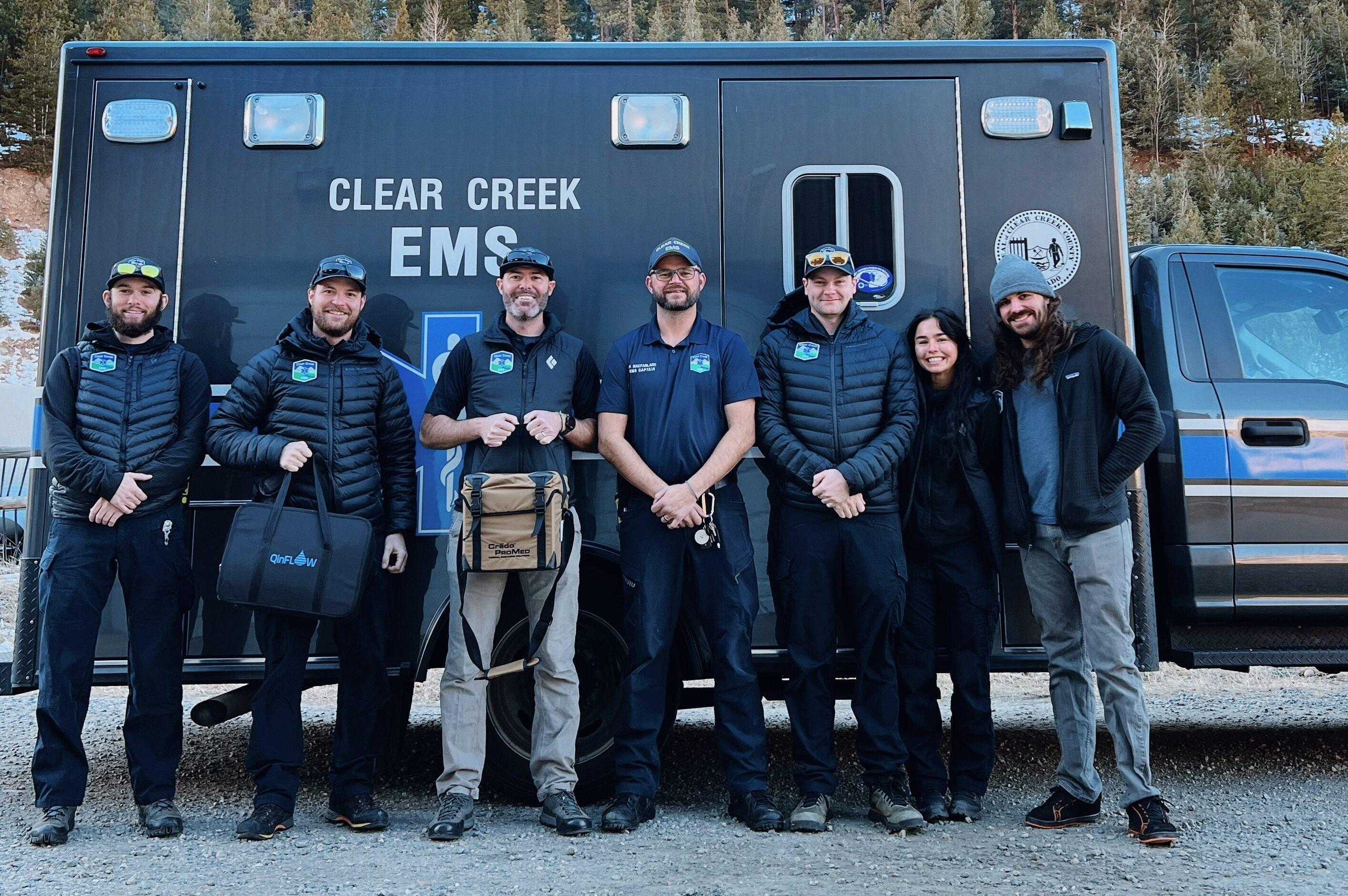
This week Hal lets us know what we can see in the early morning sky for the next several weeks...
How many planets are there in the solar system? I admit, it’s a trick question. Before 2006, most school kids learned that there were nine planets. There were a number of ways to remember all the names. One of my favorites was “My very educated mother just served us nine pizza pies.” That rhyme helped children remember the planets in the order out from the Sun: Mercury, Venus, Earth, Mars, Jupiter, Saturn, Uranus, Neptune, and Pluto.
In 2006, Pluto was demoted to the status of dwarf planet, because other objects, at least as big, or even bigger than Pluto, had been discovered even farther out in the solar system.
But for most of human history, that rhyme could have stopped at Saturn, because only five of the planets were visible to the naked eye. And, because the planets orbit the sun at different distances and speeds, inevitably, every now and then, things seem to line up. And right now is one of those times, if you are an early riser.
All five of the visible planets appear right now in the predawn sky, and will be there until about February 20. If you look to the east and south an hour to 45 minutes before sunrise, you will see them lined up across the sky the five bright points of lights the Greeks called “the wanderers,” which they pronounced “planet-s.”
Closest to the horizon you will find Mercury, the innermost all the planets. Up and to the right you will see the brilliantly bright Venus. Continuing up and to the right is the ringed beauty Saturn, nearly 1 billion miles from Earth to the right of Saturn, look for the reddish planet Mars, and finally to the right of Mars, the brilliantly bright Jupiter.
It’s been 10 years since the planets lined up for us so neatly. And if you like to sleep in late, don’t worry this same celestial show will appear in the evening sky in mid August. So set an alarm, or mark your calendar, and take a peek at a remarkable parade of planets
If you’d like to take a closer look at the planets, or any of the other wonderful and amazing things in the sky, please visit KRCC.org or CSASTRO.org for a link to information on our monthly meetings and our free public star parties!
This is Hal Bidlack for the Colorado Springs Astronomical Society, telling you to keep looking up, Southern Colorado!








